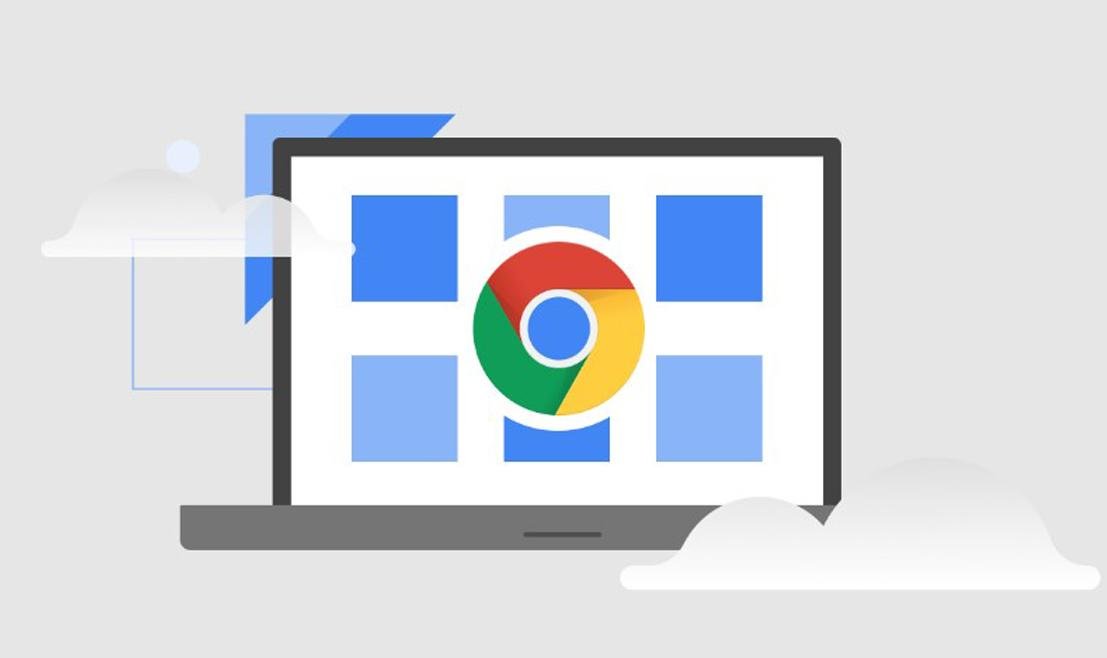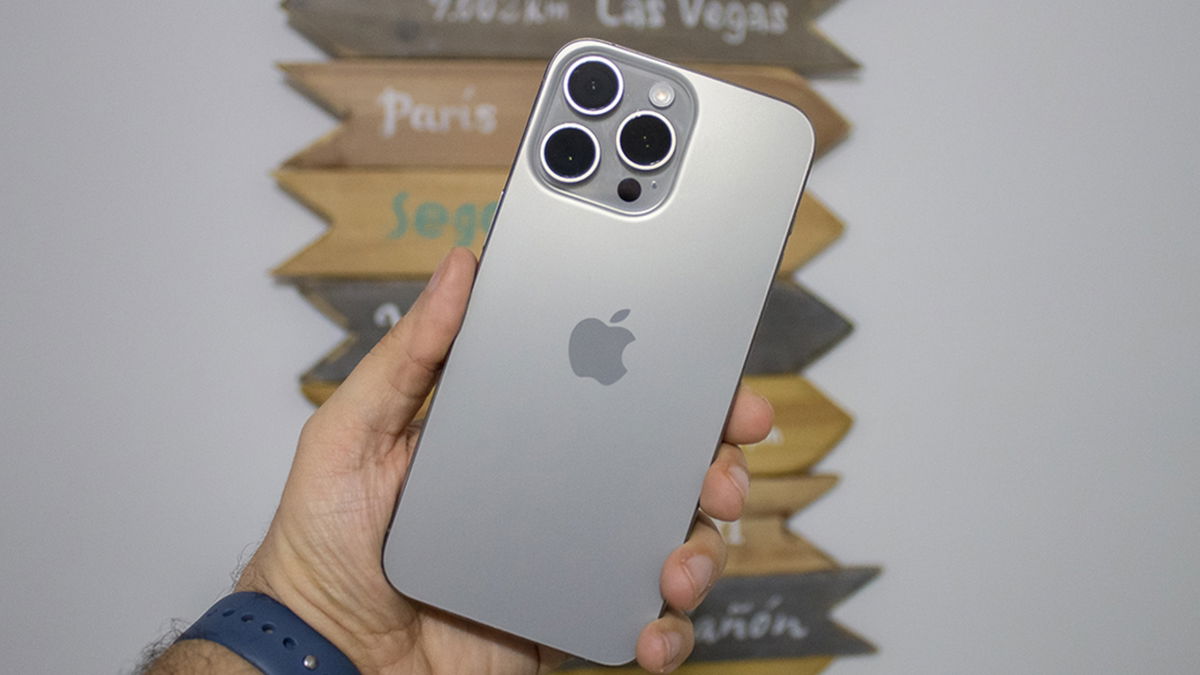In February, Google announced the launch Chrome OS Flexible, a version of the operating system of the same name for older computers that suffer from constant performance problems and slowdowns. However, there are some Important differences between software versions.
To begin with, Chrome OS only available at: Chromebooks, Chromeboxes and Chromebasesis the official version of Google for the platform. Chrome OS Flex is designed to run on different versions of computers and laptops, including some older MacBook models.
Support and hardware
Chrome OS Flex can be used on most computers with Intel and AMD processors, but Not compatible with ARM architecture. Anyway, the system is only available on certain models detailed in an official Google listing – some unlisted devices will work, but the company only guarantees a quality experience on the listed devices. The company has optimized many Windows, Linux and macOS devices for OS Flex.
Chromebooks offer a ChromeOS-specific keyboard, but in OS Flex, the keys and shortcuts will remain the same as on the original computer system. Some keys may even become irrelevant if somewhat specific to previous software. Fortunately, it is possible to change the functions of keys and shortcuts.
Google also clarifies that Chrome OS Flex does not support some hardware features on Windows, Linux, and macOS computers. CD and DVD drives, Thunderbolt, and fingerprint readers are some of the components in the system that may stop working.
Security: Chrome OS vs. operating system flexible
Chrome OS devices are built with a Google security chip to build protection and scan hardware and software for potential threats. Chrome OS Flex does not offer the system security chip as it is available for different computers.
But Microsoft has endorsed a secure boot system that can preserve boot security on Windows devices, while not offering the same security guarantees as Chrome OS – Google recommends keeping secure boot enabled.

Although Chrome OS Flex automatically encrypts user data like the official Google version, not all devices that support the system support Hardware Level Encryption Protection (TPM); even devices are encrypted but more vulnerable to attacks. The list of TPM (Trusted Platform Module) compatible models is listed on a Google page.
Regarding automatic BIOS and firmware updates, device manufacturers offer the updates themselves – so each update will be different depending on the computer model. In Chrome OS, updates are managed by Google.
Does Chrome OS Flex run Android apps?
Unlike some Chrome OS devices, Chrome OS Flex does not support downloading Android apps on computers. Also, the system does not support running Windows over virtual machines.
However, depending on the computer, it is possible to use Linux on Chrome OS Flex. With this, the device guarantees a wide range of possibilities for installing applications compared to traditional Chrome OS, especially on models that do not support Play Store. But you need to have knowledge of Linux to take advantage of it.
Despite the excellent functionality of Chrome OS Flex, Google says it cannot guarantee the same performance, power, and reliability benefits that Chrome OS offers on its devices.
Source: Tec Mundo











